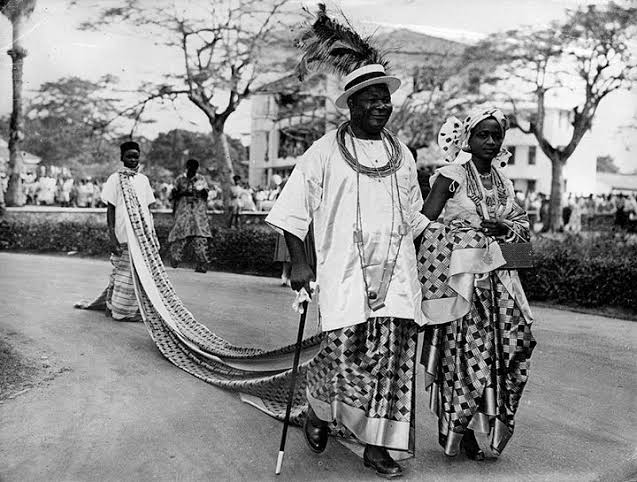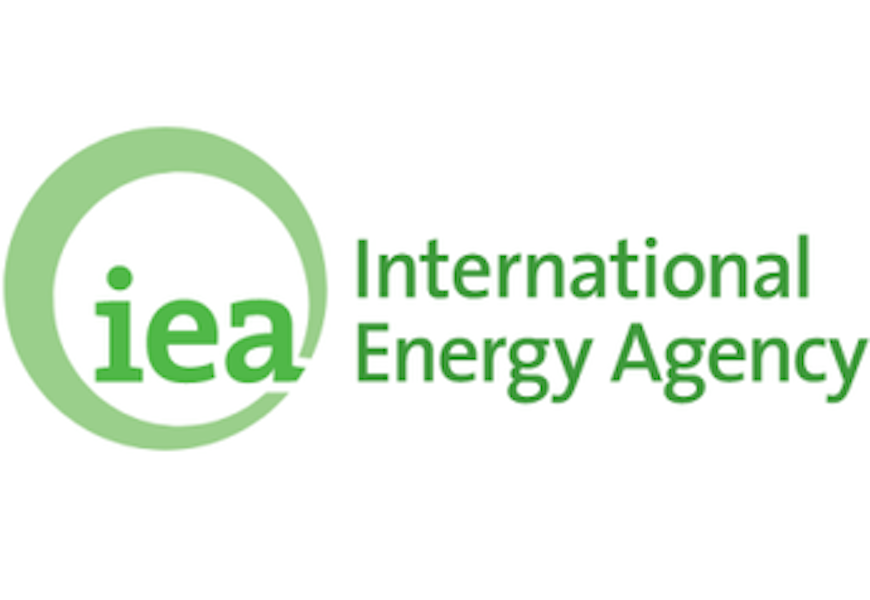The naira eased to N1,500 per dollar in the black market on February 28, 2025, giving up some of the gains recorded earlier in the week, as dollar supply tightened and demand pressures resurfaced. While the slide reflects ongoing fragility in Nigeria’s foreign exchange (FX) market, analysts note that the movement remains modest compared to the sharp swings seen in previous months.
This slight depreciation, from around N1,490 per dollar in the days prior, comes after the naira had staged a brief rally, supported by improved dollar inflows and a relatively calm trading environment earlier in February. The return to N1,500 per dollar signals that the underlying structural issues driving FX volatility — including low supply, import demand, and weak investor confidence — remain largely unresolved.
Official and Parallel Rates Remain Misaligned
In the official Nigerian Autonomous Foreign Exchange Market (NAFEM), the naira actually appreciated marginally to N1,499 per dollar from the previous day’s close of N1,520 per dollar. This modest gain in the official window, however, came against the backdrop of a steep 46% decline in FX supply, which fell from $126.64 million to $67.91 million.
This drop in official supply is a key factor driving the slight weakening in the parallel market. With fewer dollars available through formal channels, demand naturally spills into the informal market, where rates are more sensitive to day-to-day shifts in supply and demand.
Despite the widening gap between the official and parallel rates, the current movement is far from the kind of steep depreciation witnessed during moments of acute panic last year. Still, the return to N1,500 per dollar is seen as a reminder that the naira’s recent stability was fragile, relying heavily on temporary improvements in inflows rather than deeper structural shifts.
Dollar Demand Creeps Back Up
Market operators attribute the slight weakening to a resurgence in dollar demand for imports, school fees payments, and medical expenses abroad, alongside seasonal pressures from businesses preparing for mid-year obligations. The timing is also tied to growing speculation over future policy actions by the Central Bank of Nigeria (CBN), which has maintained a commitment to allowing market forces guide the exchange rate — a policy that has had mixed results.
At the same time, Nigeria’s dollar inflows remain weak. Oil prices, a key determinant of FX earnings, have softened in recent weeks, and non-oil export revenues have yet to fill the gap. Foreign portfolio investors, who briefly returned following the CBN’s policy shift toward rate liberalization, appear to be taking a more cautious stance once again, wary of lingering uncertainties around Nigeria’s macroeconomic direction.
CBN’s Balancing Act
For the CBN, the latest movement in the exchange rate presents a familiar policy dilemma. On the one hand, the central bank is under pressure to allow market forces to dictate rates in line with its broader reform agenda. On the other hand, the naira’s weakness feeds directly into inflation, which stood at 24.48% in January 2025 — after a rebasing which many analysts think underestimates the rate of inflation in the country. A weaker naira raises the cost of imported goods and services, worsening Nigeria’s already severe inflation problem.
The CBN has been cautious in its interventions, preferring to target FX backlog clearance and incentivizing remittance flows rather than aggressively defending the currency. While this approach has prevented a dramatic crash, the bank’s limited firepower means that speculative pressures and shifts in sentiment can still move the market significantly.
Modest Decline but Uncertain Outlook
Analysts see the move to N1,500 per dollar as a modest retreat, rather than a dramatic collapse. The naira remains far more stable than during the turbulent periods of 2023 and early 2024, when it crossed N1,600 per dollar before recovering. Still, the modest slide is a signal that fundamental FX pressures persist and could escalate if external or domestic shocks emerge.
Businesses remain wary, especially importers who had hoped for a more sustained recovery in the naira’s value. For ordinary Nigerians, even modest depreciation translates into rising prices, as most goods in the economy — from food to fuel — are heavily linked to the exchange rate.
What Next?
Looking ahead, market sentiment will be shaped by several factors: oil prices, CBN policy signals, the speed of FX backlog clearance, and the government’s broader economic policy direction. With supply still constrained and demand structurally high, the naira’s outlook remains fragile.
While the current move is not yet cause for panic, it serves as a reminder that lasting exchange rate stability will require more than temporary policy tweaks. Sustained FX stability will hinge on boosting dollar inflows, expanding non-oil exports, rebuilding investor confidence, and addressing Nigeria’s structural trade imbalance.
For now, the naira’s retreat to N1,500 per dollar is modest, but it highlights the thin margin between stability and renewed volatility in Africa’s 4th largest economy.























